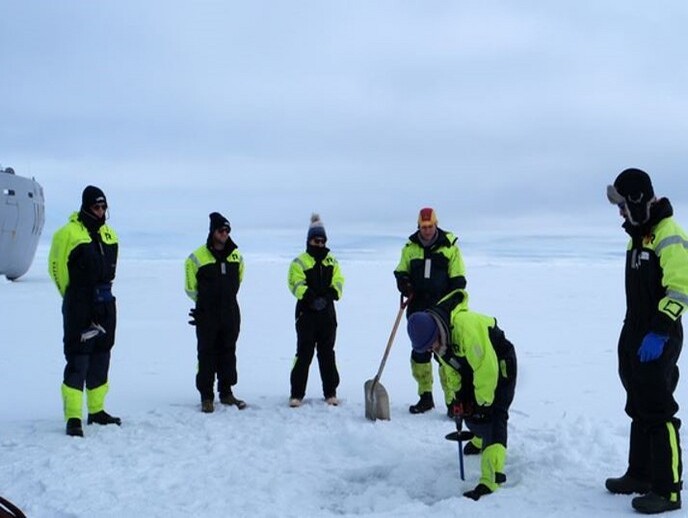New observation network could be the key to understanding climate change mechanisms
The ambitious EU-funded ARISE2 project integrates and extends existing infrasound and airglow monitoring stations, along with lidars, radars and satellites to improve the modelling of activity in the middle atmosphere. Lying above meteorological balloons and below satellites, the middle-atmosphere – including the troposphere from the ground to a height of 6–10 kilometres, up to the ionosphere 75–1 000 kilometres above the Earth – has been difficult to measure. “In the past, the stratosphere was not very well understood. People were told it was a cold and quiet area where nothing happened,” says project coordinator Dr Elisabeth Blanc, research director at the French Alternative Energies and Atomic Energy Commission (CEA) in Paris. Thanks to improved observations of middle-atmosphere events under ARISE, “we understand now that this is very significant." “The main objective was to measure the dynamics of the atmosphere – everything that was moving – over very broad scales in time from sub-seconds to decades, and space from local to global,” she explains. This includes planetary and gravity waves, solar tides, thunderstorm-related disturbances from standard lightning to convection waves, mountain waves, stratospheric warming events and other phenomena such as volcanic eruptions and meteorites. “There was no project doing that till now,” she notes. Multi-array infrasound, lidar and airglow network The project uses the international infrasound monitoring system developed for the verification of the Comprehensive Nuclear Test-Ban Treaty (CTBT) – a global network with some 50 stations operational today. “When completed it will have 60 stations, and it’s fantastic for observation – we see everything that’s happening in the atmosphere,” Dr Blanc says. The CTBT system’s mini-arrays make it possible to measure the directions of arrival of atmospheric disturbances and even the elevation angle, which was not previously possible. ARISE2 also integrates: national European infrasound stations; the lidar (Light Detecting and Ranging) stations of the Network for the Detection of Atmospheric Composition Change which measure stratospheric dynamics; the Arctic Lidar Observatory for Middle Atmosphere Research and multi-instrument stations in Trondheim, Norway and Kiruna, Sweden, not previously involved in the first ARISE project (2012-2014). Additional instruments such as infrasound mini-arrays, radars, wind radiometers and ionospheric sounders were installed at lidar sites at the Observatory of Haute-Provence, France, for the middle latitudes, and at Maïdo, Reunion Island in the tropics, in order to extend coverage. “High-resolution measurements from this infrastructure revealed significant differences between observations and models, especially during stratospheric disturbances and wave activity,” Dr Blanc notes, adding that the enhanced data will lead to a new generation of whole-atmosphere weather forecast models and climate models. Extending observation times Currently, 24 datasets based on 13 different atmospheric observation technologies are available via the ARISE portal. But the project has also extended observation times. For example, two Scandinavian lidars associated with a meteor radar provided high resolution measurements day and night of wind and temperature in the 20–100 kilometre altitude range over an unbroken period. A new database of Sudden Stratospheric Warming Events was also set up. Such impressive events occur when the polar vortex suddenly weakens or goes into reverse and were found to have substantial impact on Northern Hemisphere winter temperatures. During one such event in 2016, temperature differences of up to 40 degrees Kelvin were observed in the stratosphere compared to models. “This is huge! We did not know that before,” Dr Blanc says.
Keywords
ARISE, ARISE2, climate change, weather, climate modelling, atmosphere, wind, lidar, stratosphere, ionosphere, troposphere, gravity waves, planetary waves, wind







